Glass, lace, and lagoon life
Discover centuries of skill shaped by Venice’s waters.
Table of Contents
Origins of Murano and Burano
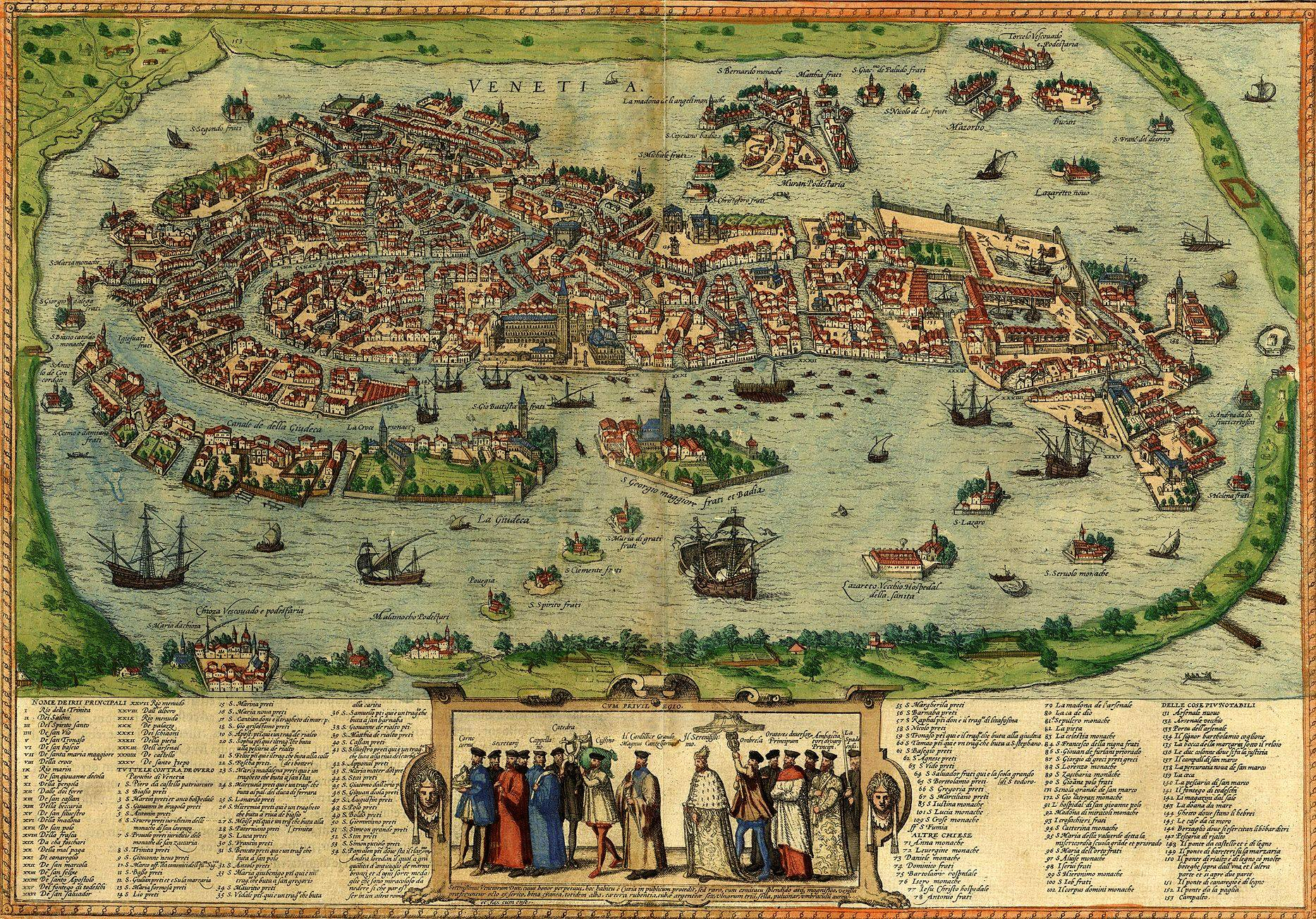
Settled in medieval times, these lagoon islands thrived on fishing, trade, and specialized crafts that soon became world‑famous.
Murano grew into the heart of Venetian glassmaking, while Burano developed a delicate lace tradition and its signature colorful houses.
Glassmaking in Murano

From the 13th century, glass furnaces were moved to Murano to protect Venice from fires and safeguard trade secrets.
Techniques like filigrana, murrine, and cristallo evolved here, shaping luxury glass coveted across Europe.
Lace traditions in Burano
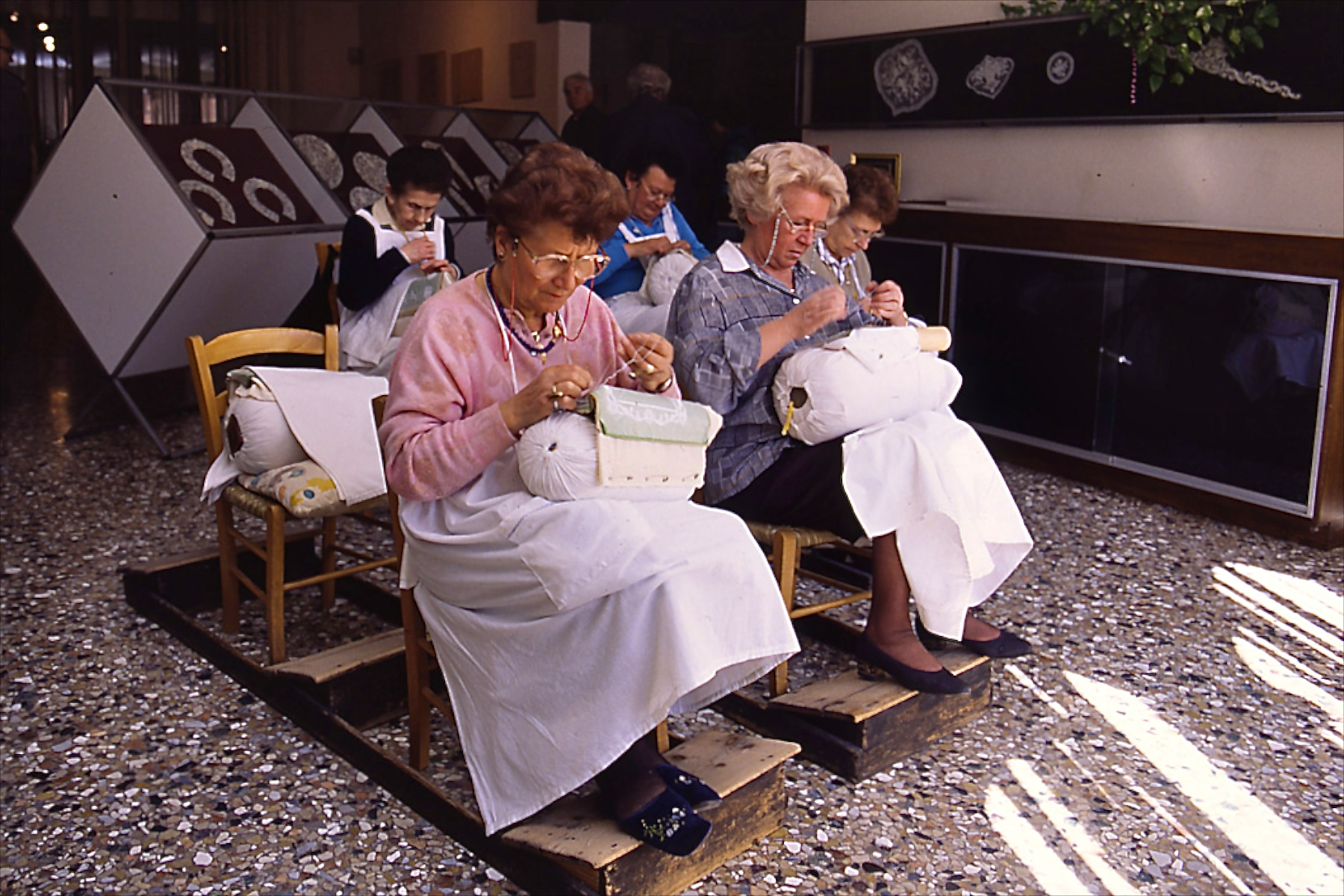
Burano’s needle lace (merletto) flourished from the Renaissance, with intricate patterns made entirely by hand.
The Lace School and today’s museum preserve techniques and stories from generations of craftswomen.
Museums: Glass and Lace

The Murano Glass Museum showcases historic and contemporary works, from Roman‑era pieces to modern design.
The Burano Lace Museum displays delicate masterpieces and explains the time‑honored techniques behind them.
Island life & colorful houses

Burano’s rainbow façades brighten every canal, while Murano’s quays bustle with workshops and boutiques.
Both islands invite slow walks, photo stops, and a relaxed taste of lagoon life.
Workshops and live demos
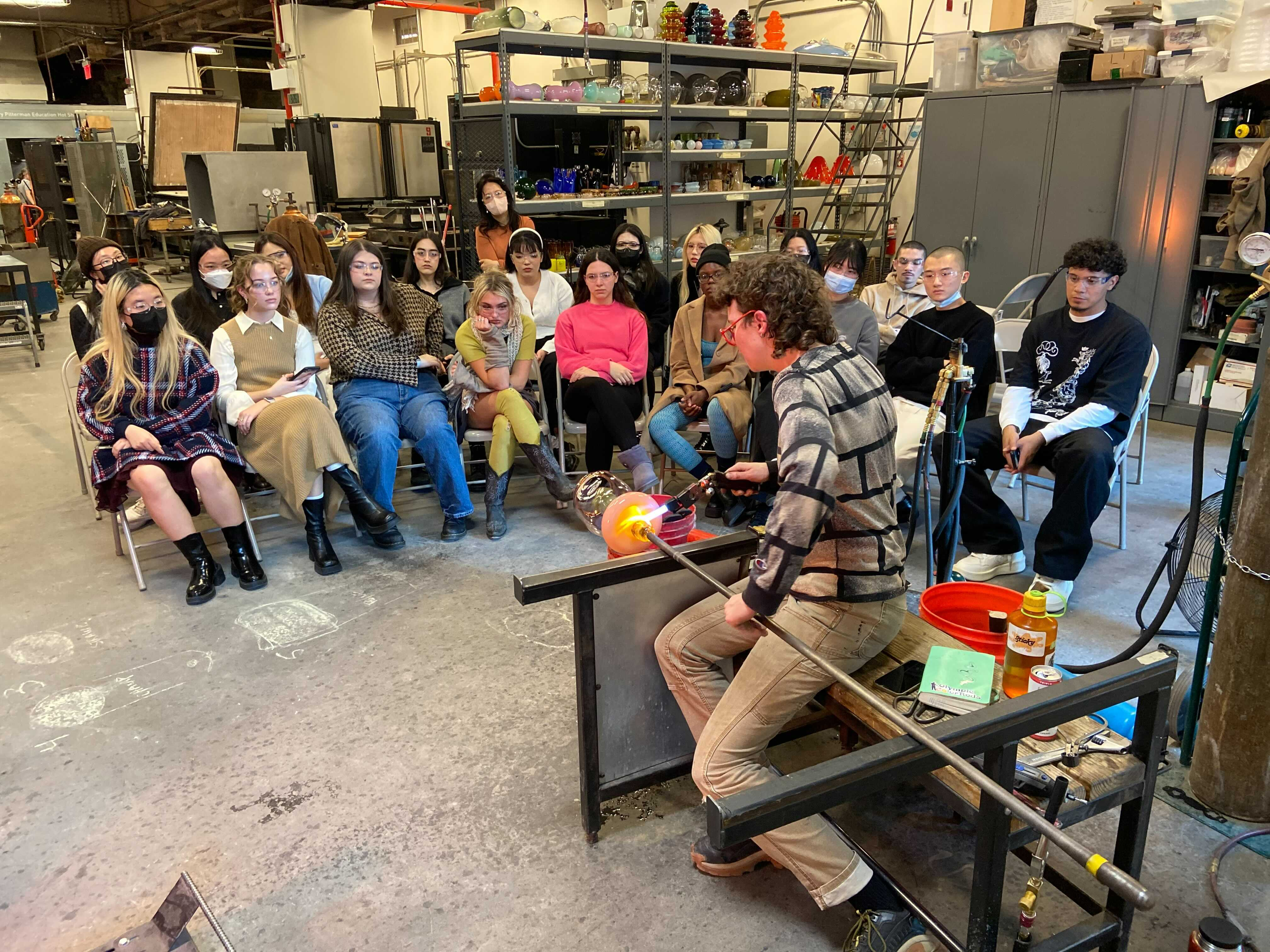
Many glassworks offer short demonstrations showing how molten glass becomes vases, chandeliers, and sculptures.
In Burano, you may catch lace makers at work — a patient, detailed craft made stitch by stitch.
Boats, ferries & routes

Line 12 serves Burano and Torcello from Fondamente Nove; lines 3/4.1/4.2 connect Murano with key Venice stops.
Guided boat tours bundle transport, demos, and free time to explore at your own pace.
Safety & accessibility
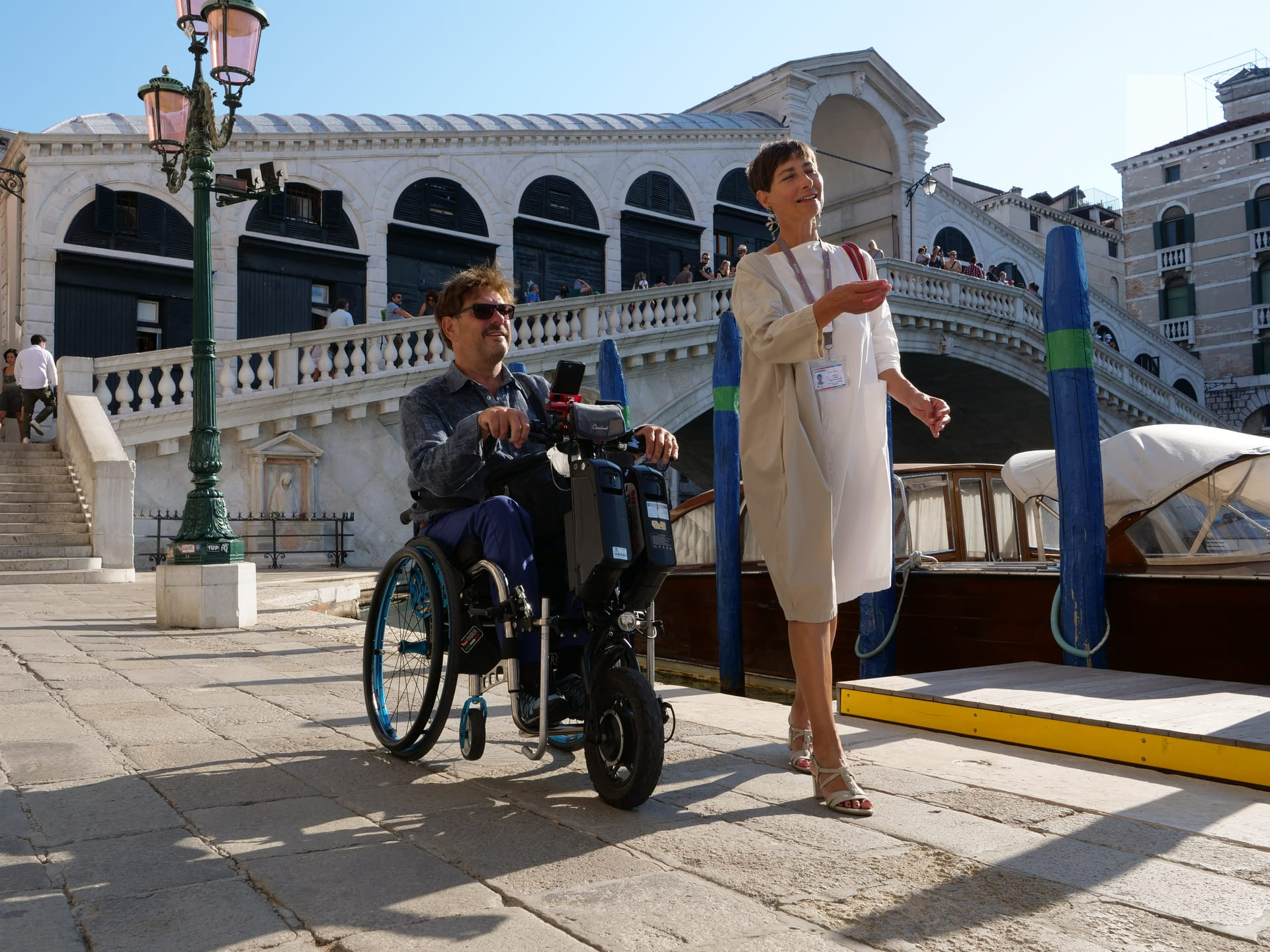
Main streets are flat; some bridges have steps. Museum routes are signposted and offer accessible facilities.
Service adjustments may occur during high water (acqua alta) or maintenance — check updates before you go.
Festivals and culture
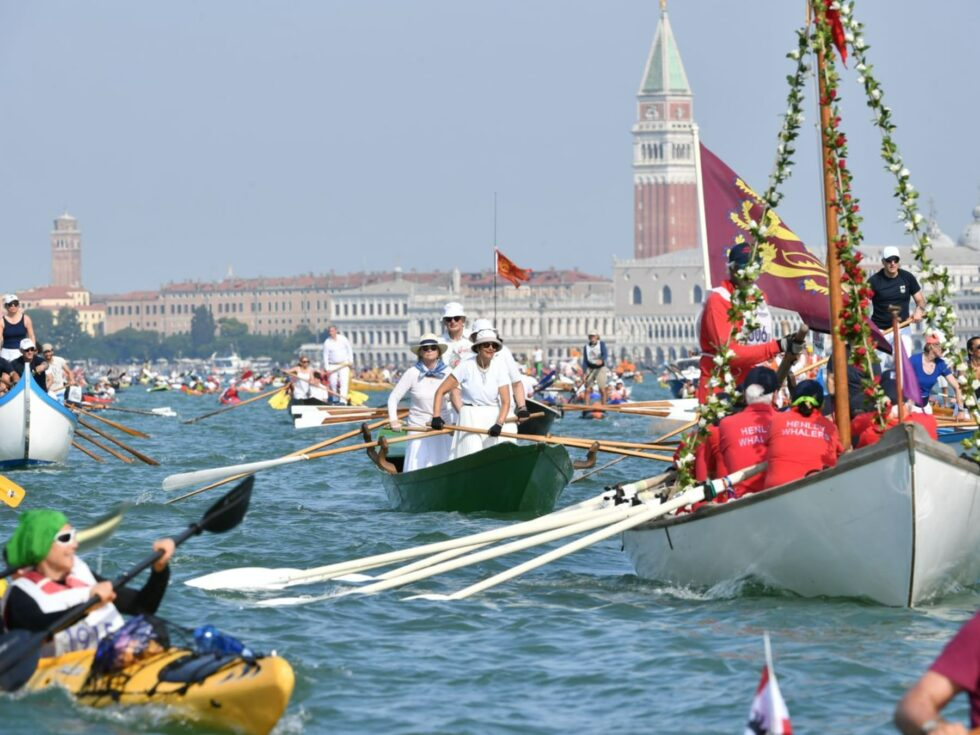
Traditional festivals, regattas, and seasonal events bring the islands’ communities together.
Look for temporary exhibitions at the museums and special craft showcases.
Tickets, passes & tours

Book museum entries and boat tours online to secure your preferred time.
Venice museum passes may include the Glass and Lace Museums; check current options before booking.
Preservation & sustainability
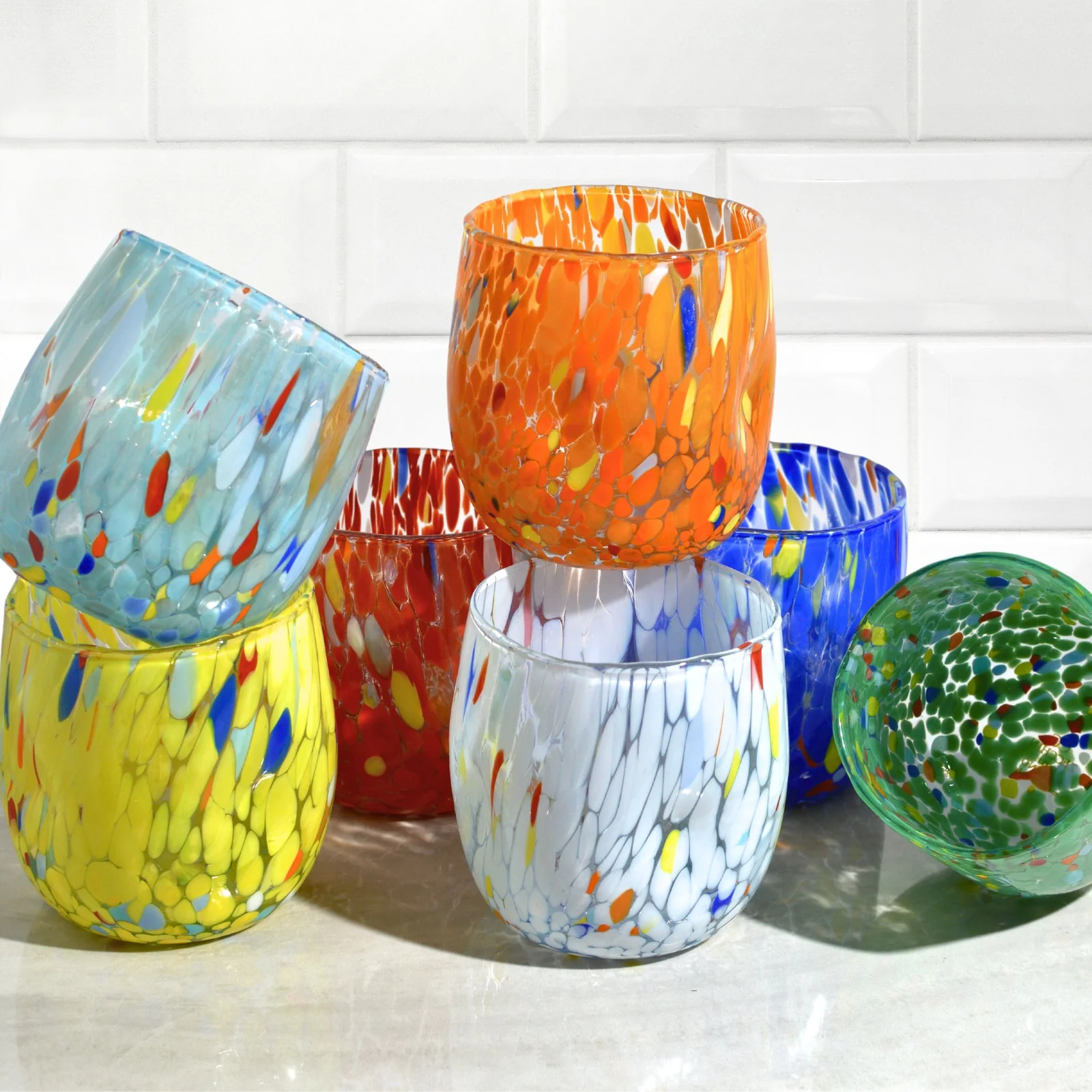
Purchasing authentic artisan work supports local studios and helps preserve historic techniques.
Choose responsible tours and avoid overcrowded time slots to keep island life pleasant for everyone.
Nearby Torcello & lagoon stops
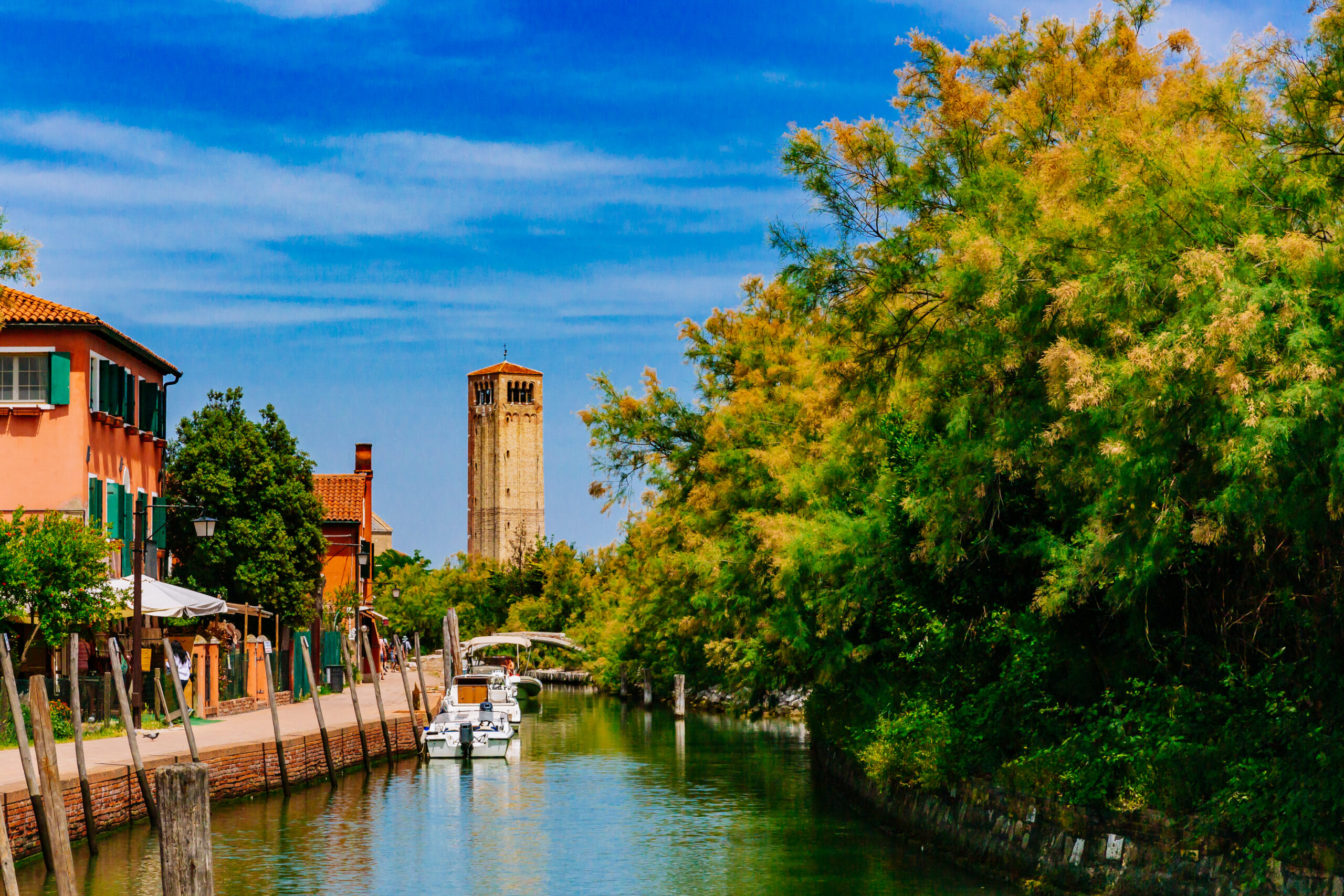
Torcello is a quiet stop with ancient churches and peaceful paths — often included with Burano.
Smaller islets and viewpoints dot the route; your captain or map will show optional stops.
Why these islands matter

Murano and Burano keep Venetian craft traditions alive — from fire‑shaped glass to hand‑stitched lace.
A visit supports artisans and connects you with centuries of lagoon culture.